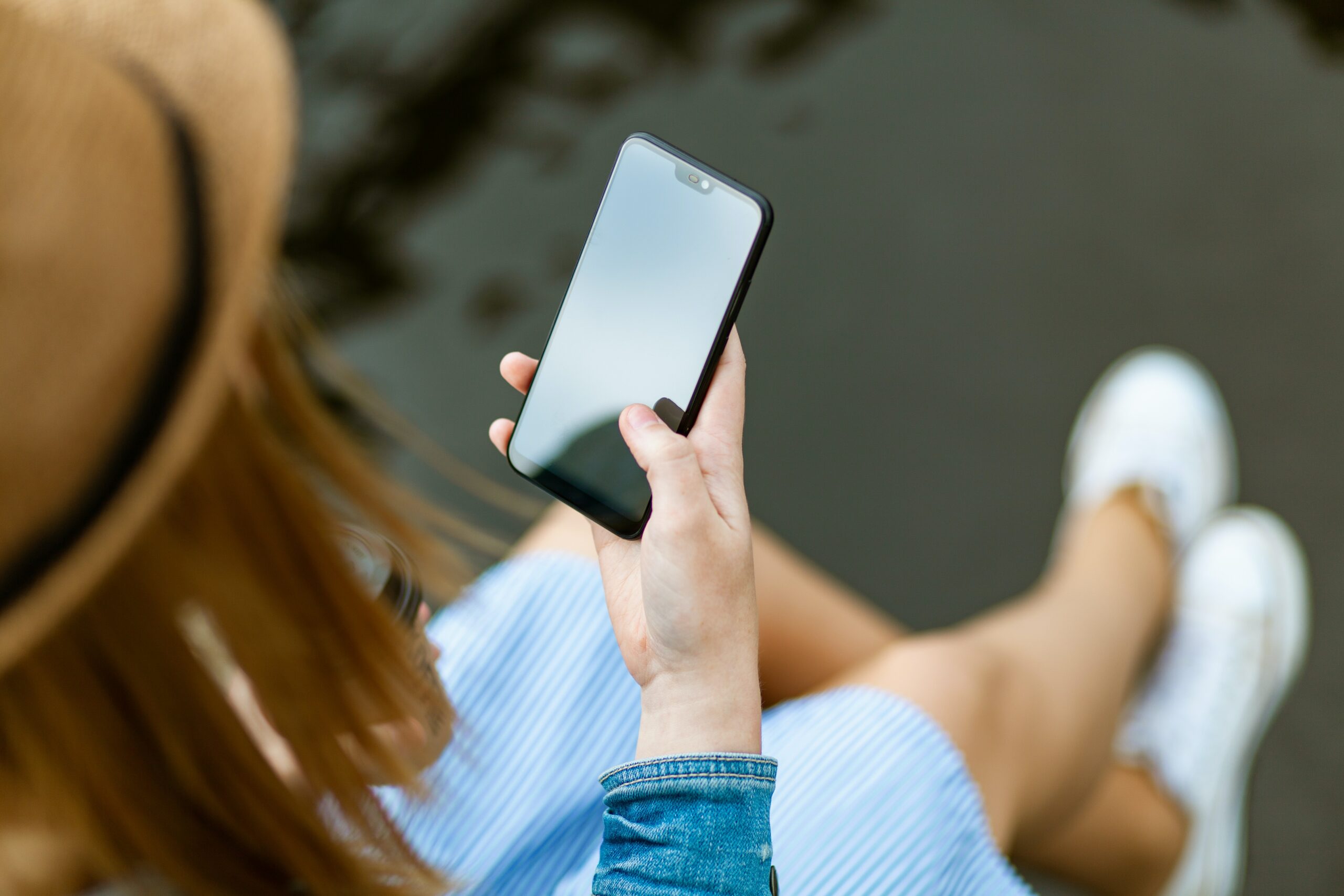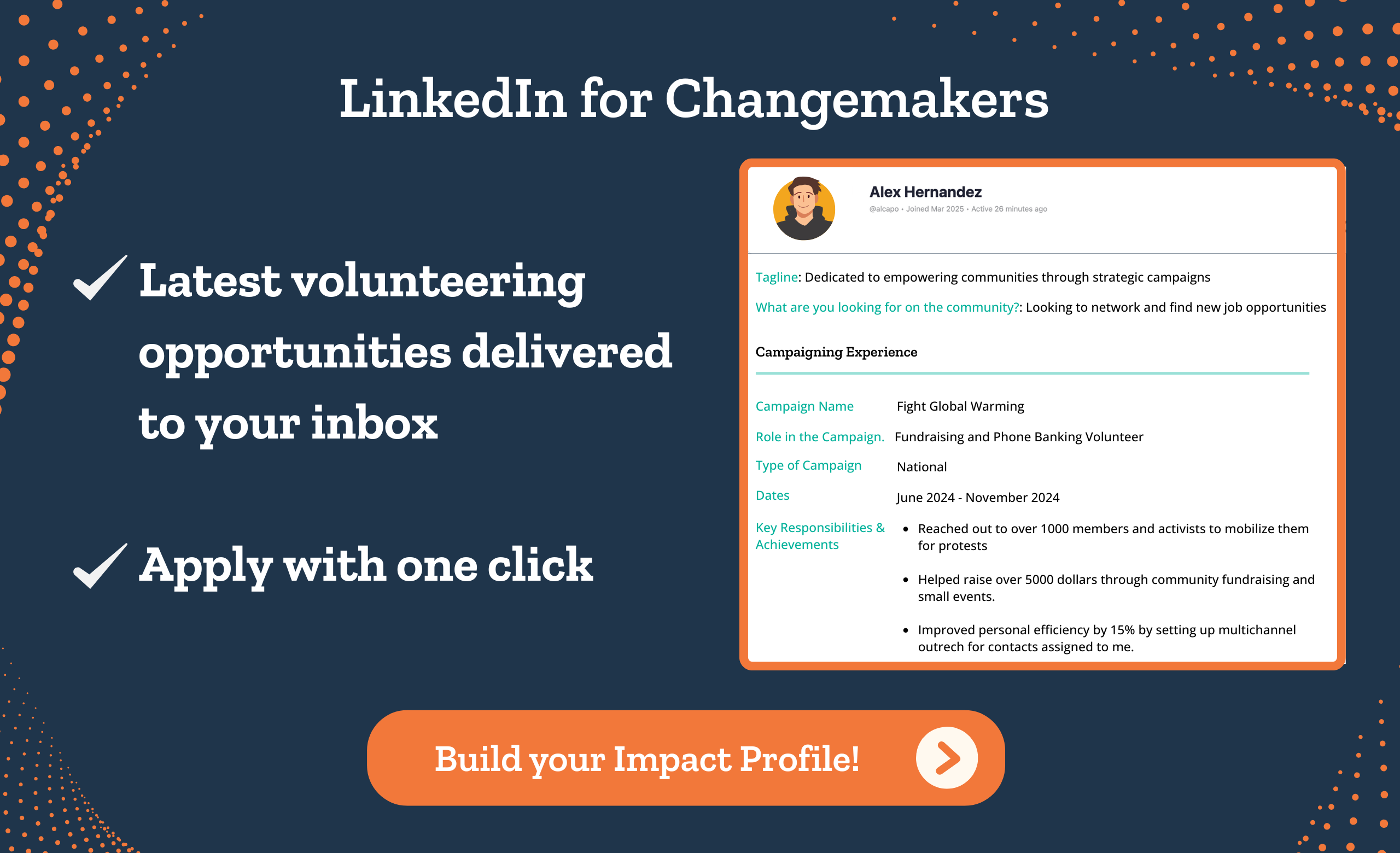Table of Contents
Because of the increasing popularity of texting, US telecom carriers have brought in a few standards that help you send high-volumes of text messages using 10DLC (10-digit long code) numbers.
Adopting these 10DLC numbers solves multiple problems caused by shared short code and improves deliverability.
Reach out to us to get 10DLC numbers for your organization.
Let’s start with understanding what 10DLC is.
What is 10DLC?
A 10-digit long code (10DLC) number is issued by US telecom vendors and is the new standard for A2P SMS used by organizations.
Now, your organization may already use local phone numbers to communicate with your contacts through text messaging. 10DLC numbers are similar but are issued only after vetting.
What are the benefits of 10DLC?
Here are the four primary benefits of using a 10DLC number.
Higher message throughput
A 10DLC number allows you to send up to 180 messages per second, which can be further increased based on your use case. Whereas with a normal long code, you could send 1 message per second.
Better deliverability
As 10DLC numbers are already approved by the carriers, your messages are more likely to reach your contacts without getting filtered out unlike regular long code numbers.
Increased ROI
You can set a local presence with your 10DLC number and so, you increase the chances of getting a response. This also helps you reduce the costs involved in following up with your contacts.
Lower costs
Organizations can turn their existing landline numbers into 10DLC ones. This eliminates the cost required for getting a new number. Also, 10DLC numbers have lower monthly costs compared to dedicated short codes. This makes it a cost-efficient solution for your texting campaigns.
Who should comply with 10DLC regulations?
If you send SMS and MMS via local 10-digit long codes in the US, you need to register your brand and use case(s) with The Campaign Registry(TCR). TCR will then register you with the US carriers if you are sending more than 3000 messages per day or from more than 5 phone numbers.
CallHub can help you register and get 10DLC number(s), but more on that later.
Every organization regardless of their industry must register their brand and campaigns with TCR to avoid heavy filtration by the carriers.
Why should you use 10DLC SMS messaging?
When you register your brand with TCR, you go through a vetting process where you’re given a ‘trust score’ which determines your message throughput(up to 180 messages per second).
Since October 1st 2021, most carriers don’t support message traffic from unregistered local numbers.
This means messages will not get through to your audience on that carrier. If you continue to use unregistered local numbers for texting, you will experience disruption of service due to heavy filtrations and blockages by the US carriers.
However, 10DLC has no impact on Voice Broadcasting or Robocall campaigns.
Here are some best practices for managing message filtering and opt-outs.
How do you comply with 10DLC?
The first step is to register your organization with TCR (The Campaign Registry). There are 2 steps of registering:
- Brand registration, to identify your organization.
- Campaign registration, to identify the type of messages you’d be sending. For example, if it is an alert, a promotion or a political text etc.
The process starts with registering your organization with TCR and then moving onto getting a 10DLC number. Although they both are a part of the same process, they are independent vetting processes.
But wait, we are doing all this on your behalf.
How is CallHub helping you?
Here are the steps involved in registering or acquiring a 10DLC number, which CallHub will cover for you.
- Registering your organization with The Campaign Registry.
- Adding your campaigns along with the use cases.
- Getting your trust score to determine your messaging throughput.
- Getting your brand vetted to increase your trust score.
- Obtaining your 10DLC number which you can use for your texting campaigns.
Note: You can get multiple numbers registered against a single campaign.
CallHub will get you a 10DLC number by registering your brands, use cases, and campaigns.
If you are a customer of CallHub and haven’t applied for a 10DLC yet, we suggest you do so now, to avoid disruption of service from the carriers’ end.
Fill out details about your organization (as required by the TCR registration) in this short form and we will get you started with the process.
What if you’re not a customer of CallHub? We have got you covered too. Sign up for free here and apply for a 10DLC number.
Overall, CallHub is doing everything possible to keep our customers updated on the happenings around 10DLC and be of help with the registration process.
What fees do you have to pay?
- A one-time brand registration fee
- Brand vetting fee
- A quarterly campaign fee
However, both the brand registration and vetting fee are completely refundable as CallHub credits once the registration is successful.
Read on to know more about the pricing.
What are the recommended use cases for 10DLC numbers?
There are two categories of use cases: Standard and Special.
The difference between the two is that special use cases primarily include charity/501(c)(3) nonprofit, emergency services, and political use cases. Business, education, and public services are listed under the standard category.
Let’s look at the use cases in more detail: (Source)
| Industry | Use cases | Category |
| Business | – Any two-factor authentication, verification, or one-time passcodes. – Standard notifications for different account holders. – All customer care interaction, such as account management, support, etc. – Notifications on the delivery status of a product or service. – Notifications related to potential fraudulent activity on a user’s account. – Notifications around the security of a system, indicating the action that needs to be taken. | Standard |
| Education | Messaging created on behalf of colleges or universities, including school districts and education institutions. | Standard |
| Small business | Businesses have multiple use cases and only need very low messaging throughput. Examples include test or demo accounts, single doctor’s office, single pizza shop etc. | Standard |
| General | – Any marketing or promotional communication including offers and updates. – Surveys and polling/voting campaigns for non-political arenas. | Standard |
| Public service | Informational messaging to raise an audience’s awareness about important issues. | Standard |
| Charity (501 c3) | Communications from a registered charity aimed at providing help and raising money for those in need. | Special |
| Emergency services | Notification services designed to support public safety/ health during natural disasters, armed conflicts, pandemics, and other national or regional emergencies. | Special |
| Sweepstakes | All gambling and sweepstakes messaging. | Special |
| Political | Part of organized effort to influence decision making of specific groups. All federal campaigns to be verified. | Special |
| Large CSP trial | Large CSP trial offers with strict controls and MNO audit rights (MO opt-in). Only MNO pre-approved CSPs are eligible. | Special |
| Agents and franchises | Brands that have multiple agents, franchises or offices in the same brand vertical, but require individual localised numbers per agent/location/office. | Special |
| Sole proprietors | All small volume messaging for sole proprietor entities. | Special |
| Large enterprise | Conversational messaging such as peer-to-peer, app-based group messaging with proxy/pooled numbers. | Special |
| Influencer community | Communication between public figures/influencers and their communities. Examples include: YouTube influencers’ alerts or celebrity alerts. | Special |
What are some 10DLC messaging alternatives?
There are two more types involved in A2P messaging apart from 10DLC. However, please note that these are not replacements for 10DLC. Each of these options is ideal for specific use cases.
Toll-free numbers
You can use a toll-free number for both voice calls and text messages. You can also brand them to increase your brand familiarity. Toll-free numbers are two-way, and so your contacts can respond to your texts.
When are they ideal?
- Sales and support
- Surveys and feedback
- Reminders and updates
Short codes
A short code is a 5-6 digit number used to send high-volume bulk text messages to contacts. There are two types of short codes: Dedicated and shared. A dedicated short code is owned exclusively by an organization whereas a shared short code is shared between many.
When are they ideal?
- Two-factor authentication
- Alerts
- Time-sensitive promotions
What’s happening to shared short codes in the US?
Carriers are demanding to move the traffic from shared short codes to 10DLC and dedicated short codes.
Shared short codes impose a high risk of spamming. Because the short code is shared by multiple organizations, it becomes difficult to put a finger on the bad actor. With a dedicated short code and a 10DLC number, carriers can have visibility on which organizations are sending what messages, and thereby protect the public from being spammed.
You can expect this to get truncated in phases.
We understand that the process involved with these sudden changes can feel daunting and you may have more questions surrounding 10DLC. This blog addressed some top queries to acquaint you with the new norms and rules. But if you have other queries around trust score, short codes, etc., we have covered them too.
Featured image: Photo by George Dolgikh @ Giftpundits.com from Pexels

